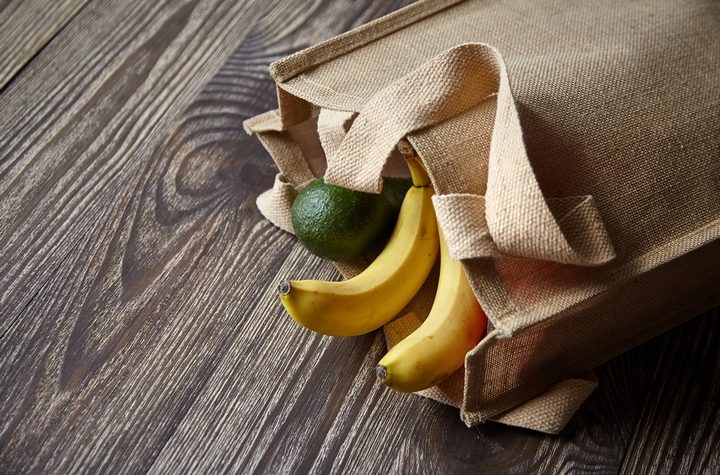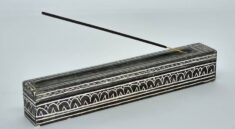Now that you have made the commitment to become vegan, you will realize that it can be a real challenge. It seems that every product or material on the market is very much not in line with your chosen lifestyle. This can be especially frustrating when it comes to your wardrobe. Fortunately, there is a great selection of vegan shoes made out of sustainable materials.
Nonetheless, it might be hard to imagine that a lot of the clothes that you own are probably not cruelty-free. Even the choices you have made to avoid animal cruelty might not be vegan at all. A great example of this is the pleather, which is a synthetic textile that imitates leather. You would think that this would mean that no animals were harmed in its production. Sadly this is not the case.
The more research that you do, the more materials and manufactures you will find that need to be added to the list of things you can’t buy. Don’t despair though, there is some good news. As new demand for vegan-friendly products rises, so has the availability of them in the marketplace.
Please take a look below to see a list of materials that you can select for your vegan-friendly wardrobe.
1. Hemp

Hemp might already be on your radar as one of your vegan friendly materials, but there is so much more to it than meets the eye. Hemp is a plant-based fibre that has some very valuable qualities. It can grow very easily on land that food crops won’t. This is fantastic as it doesn’t interfere with the growth of the plant-based foods that you want in your diet.
Hemp clothing is also really soft and comfortable to wear. You might find yourself to be very pleasantly surprised if you haven’t worn hemp before. There are other ways of supporting this industry such as purchasing a hemp reusable bag for grocery shopping.
2. Organic cotton

When it comes to vegan friendly materials, the word organic gets thrown around a lot. When it comes to cotton you need to be very careful if you are planning on being truly vegan. GM cotton exposes farmers and the environment to a whole host of harmful chemicals. With cotton clothing, you also run the risk of child labour being involved in the production of it.
By choosing organic cotton, you will find that there has been greater care to ensure that the source of the cotton does not harm the environment or the people involved in making the clothing. As with any purchase, it is very important that you conduct research on where the clothing comes from and who is making it.
3. Lyocell and Modal

These are clothing fibres that are made surprisingly from wood pulp, making them great vegan friendly materials. The production of this is free from any chemicals or solvents that are harmful to the environment. This is due to the set up of the process as a system that uses the same chemicals over and over again in a closed-loop.
As with any of these options, it is very important that you understand where the lyocell and modal are coming from. The wood pulp itself needs to be coming from a sustainable source. There are some sources of modal and lyocell that are leading to the deforestation of certain parts of the world. By ensuring that the wood pulp is sustainable, you will be making sure that your clothing is vegan.
4. Linen

This can also be called flax. That’s right, flaxseeds, of which you will probably be very familiar with as a fellow vegan. Linen is made from the reed of flax plants. Well, for the most part anyway.
There are some linen manufacturers that steer a little wide of the true path for making linen, but with the standard due diligence that you now employ to all of your purchases, you will be able to root these out.
5. Soysilk

Recycling or reusing materials from other processes is always a great way to make a vegan-friendly product. Soysilk is a great example of vegan friendly materials. This is made from what is left after the manufacture of tofu from soybeans. It isn’t perfect as there is a chemical process involved, but if you are looking for vegan silk, this is as close as you’re going to get.
6. Pineapple Leather

We know that those two words look ridiculous next to each other. The truth is that when it comes to innovation, the vegan community is really pushing the envelope. This material doesn’t use the delicious sweet fruit in its production, it is made from the leaves of the plant.
This is great as it is another example of using a by-product of a process that already exists. As always, make sure that you are very familiar with the company that you are purchasing from and are aware of how they make their products.




